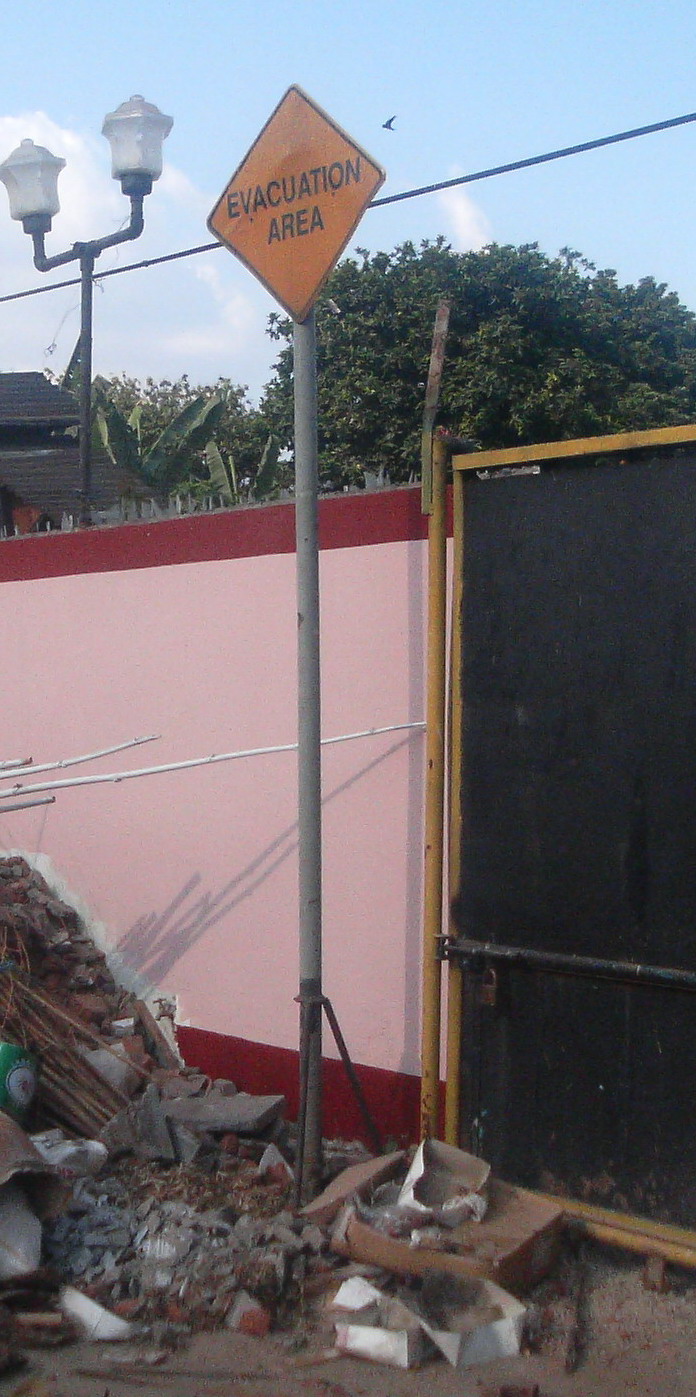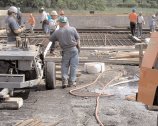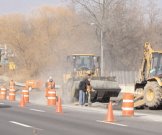

3
Section 1: What is BBS?
What are Behaviour Based Safety Programs?
Behavioural Based Safety is an approach to safety that focuses on workers' behaviour as the
cause of most work-related injuries and illnesses. Promoters of behaviour-based safety
programs maintain that 80 - 96% of workplace injuries are caused by workers' unsafe
behaviours. Once the programs identify the workers who are behaving "unsafely", they are
coaxed, cajoled and/or threatened into behaving “safely” on the job or sacked.
According to the UK’s Health and Safety Executive, the most common Behaviour Based
Safety Programs:
‘require front line staff to carry out behavioural safety observations on their
colleagues’.
The observers are trained, and the results are usually fed back on a one-to-one basis. Some
programs do not use one-to-one feedback, but have a group of observers counting instances
of ‘unsafe behaviour’, collating the data and reporting back to the group, sometimes
developing ‘safe/model’ behaviours.
Unions and others, including health and safety specialists and academics are uncomfortable
with these programs because, no matter how well they disguised, the basic assumption is that
workers unsafe acts are the cause of workplace injuries and disease. We can summarise our
concerns into thirteen facts that a trade unionists should know about Behaviour Based Safety
Programs;
1. Observing others’ behaviours focuses on the end of the chain of events that lead to a
worker’s actions…………..just look at any proper accident or incident investigation root
cause. BBS promotes the lie that accidents are caused by one event, when all the
research shows a chain of events leads to accidents,
2. Observing workers’ behaviours does not ask the questions “why” is s/he doing that job
that way?; why is s/he doing that job?; why is s/he using that chemical? etc,
3. Observing others only looks at what happens often and repeatedly e.g. breakdowns,
jams or quick production runs or days when staff are short are not taken into account.
These programs miss any unusual or complex unsafe events.
4. Observing what workers are doing will not give any information about the inherent
dangers in a work process. Observing someone’s behaviour does not give any
information about the effects of:
a) fumes e.g. benzene which causes cancer,
b) dusts e.g. asbestos , ceramic fibres, silica, cadmuim,
c) epoxy resins or two part paints or hair dyes causing asthma
d) biological hazards, infections,
4
5. Observing workers and changing their behaviour can only change the decision making
at the lower level of decision making. It is very hard to affect the big decisions without
asking “why”. See 2. above.
6. Observing workers takes lots of time and costs a lot. Over time this often crowds out
other health and safety activity e.g. focussing on hazards at source and implementation
of hierarchy of control approaches,
7. As one H&S expert1 said– rather than these programs being the cherry on top of a
multifaceted OHS program, BBS can crowd other approaches out and end up being the
poison garnish that ruins the whole dish,
8. Observing what workers are doing, does not observe what managers or the Board are
doing or not doing. Managers, owners or the Board are the ones with the power and
access to resources to make the necessary changes for improved conditions. This is
recognised as the duty of care in both common law and OH&S law,
9. Observing workers working with clients cannot answer questions about factors which
lead to stress e.g. fatigue, emotional pressures, anxiety, workload, decision making
violence and aggression, bullying,
10. Observing what workers are doing, tends to blame the worker, even if the program tries
not to e.g. even if it is anonymous, voluntary etc. It perpetuates the myth of the careless
worker,
11. Observing workers can put worker against worker,
12. Observing workers does not try to answer the question - if we moved “Bill” from this job
would someone else be likely to be injured, because when we focus on Bill we often
cannot see beyond him. If it is possible that someone else could be injured then the
problem is NOT with Bill’s individual behaviour, but with the job or the system, or
something else,
13. Observing workers does not question those who make decisions about how production
is designed, the workplace is organised or laid out etc. Managers, owners or the Board
make those decisions.
1 Andrea Shaw at ACTU seminar, May 2005, Melbourne
5
Are these programs new?
Many of these programs are based on the old approach of immediately blaming or disciplining
workers when accidents/injuries occurred. Some programs still use this approach e.g. traffic
light cards in the example on page 18.
Modern, new style BBS programs are sold as being just one, albeit very important, element of
a broad OHS system. The promoters of BBS say that the programs do not in any way detract
from identification/assessment/control of risk. However, diversion of resources from
identification/assessment and control is an outcome.
The core features of BBS programs are:
• Observation of workers by workers
• Extensive training provided to those participating, particularly the observers
• Development of a list of "critical worker behaviours" often with input from workers
themselves who are invited and welcomed into the process
• Development of ‘model behaviours’ so that workers’ behaviours are measured
against their own standards – ie past behaviours.
• Substantial management commitment, including financial.
Additional features include:
• Reward systems eg. bonuses or acknowledgement of efforts and results
• Programs are promoted as ‘voluntary’ and promoting participation. The programs
say in health and safety which is ‘Everyone’s Responsibility’ not recognising who
has power to make decisions.
• Utilise and appropriate current participative and representative structures – e.g.
elected H&S Reps, union delegates, and OHS committees.
Many employers like the approach of BBS because the programs take the focus off
what they are doing and onto watching workers. The programs often:
• allege that ‘research’ and ‘statistics’ support their claim that up to 95% of accidents
are the result of at risk behaviours; employers feel comfortable – the blame the
worker’ explanation. Shifting blame = shifting responsibility
• focus attention to the micro (individual’s behaviour), not the macro (risk control)
• make workers ‘take on’ responsibility – the focus shifts from what the employer
should do to what workers can, and should, do for themselves
• appear to make the workplace more democratic, involve workers and empower
them, but in reality disempowers workers
• use the functioning union structures (like OHS reps and committees) – and try to
‘tame’ them or render them redundant
6
• encourage employers to ‘blame’ the decision to introduce BSC program on their
corporate master in the US, that it is not a local management decision. In fact, the
local management claim that they are ‘just part of the program’ like the workers
• provide a mechanism and a way for workers to develop a way of disciplining fellow
workers.
Behaviour Based Safety Programs, at the beginning, can look attractive to workplaces
(and workers) because the people introducing the program
• Talk directly to workers – in language that is less technical than risk assessment
language, and is easier to understand
• Seems to make sense: it says that behaviour, or human factors, are the cause of
great majority of accidents, and therefore, that these behaviours need changing,
and that this system works - The programs use language ‘ABC’ which stands for
Antecedents – Behaviours – Consequences
• Appeals to sense of what is right – it says OHS is Everyone’s Responsibility and it
looks like management is showing commitment
• Involves workers and H&S Reps as there are more resources going into increased
health and safety training and skills development
• Involves workers as coaches with potential to change behaviour and participate in
the decision-making processes
• Gives recognition, encouragement and rewards, through teams, prizes or fun
activities, to workers and groups of workers
• The programs claims to:
o be additional to all other health and safety programs/activity, not in place of
‘traditional’ risk assessment and control
o address illness as well as injury
o empower workers
o be successful in that it targets ‘unsafe’ behaviour only – and can ‘prove’ that
it works
The BBS programs often improve safety, in the short term, because nothing else was being
done before. Despite their supporters claims these programs aim to shift the responsibility
from employees and towards workers. The programs have their origin in management
practices aimed at increasing managerial prerogative and pitting worker against worker, not in
H&S prevention.



























































Tidak ada komentar:
Posting Komentar